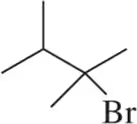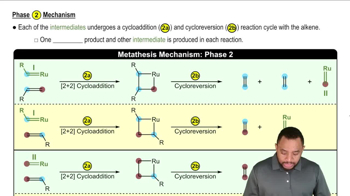Predict the major products of the following reactions, and propose mechanisms to support your predictions.
b. 2-methylpropene + HCl

 Verified step by step guidance
Verified step by step guidance Verified video answer for a similar problem:
Verified video answer for a similar problem:



 4:07m
4:07mMaster General properties of hydrohalogenation. with a bite sized video explanation from Johnny
Start learning